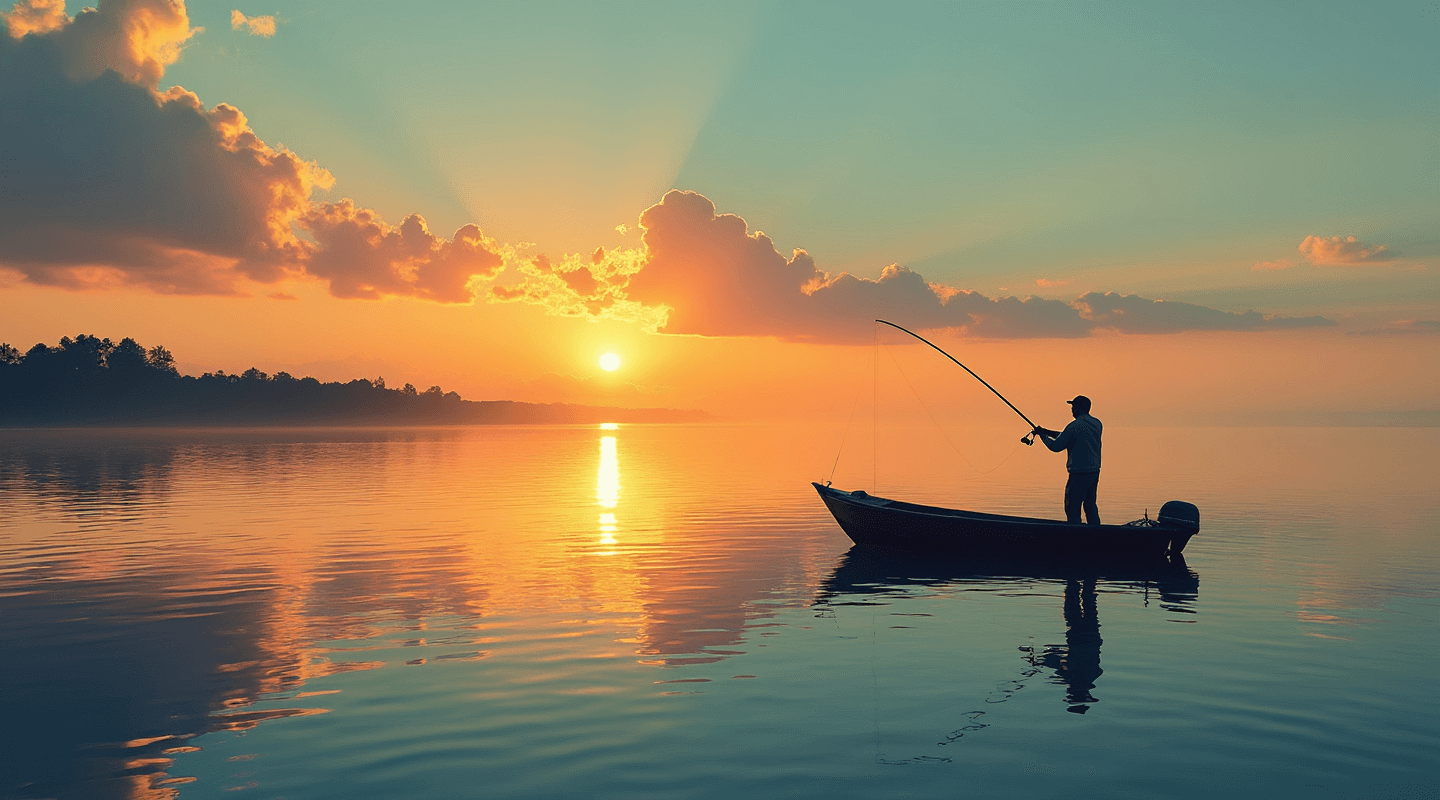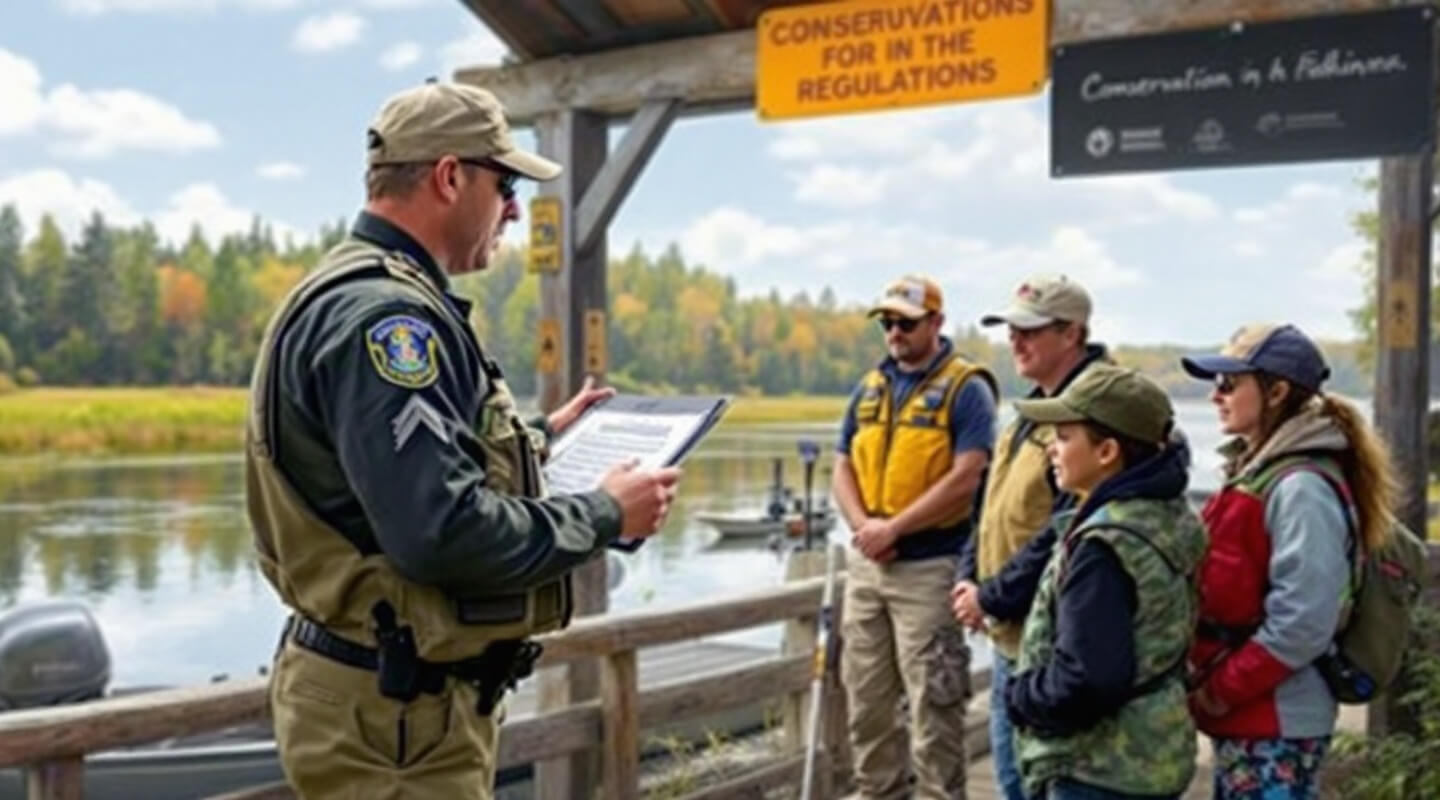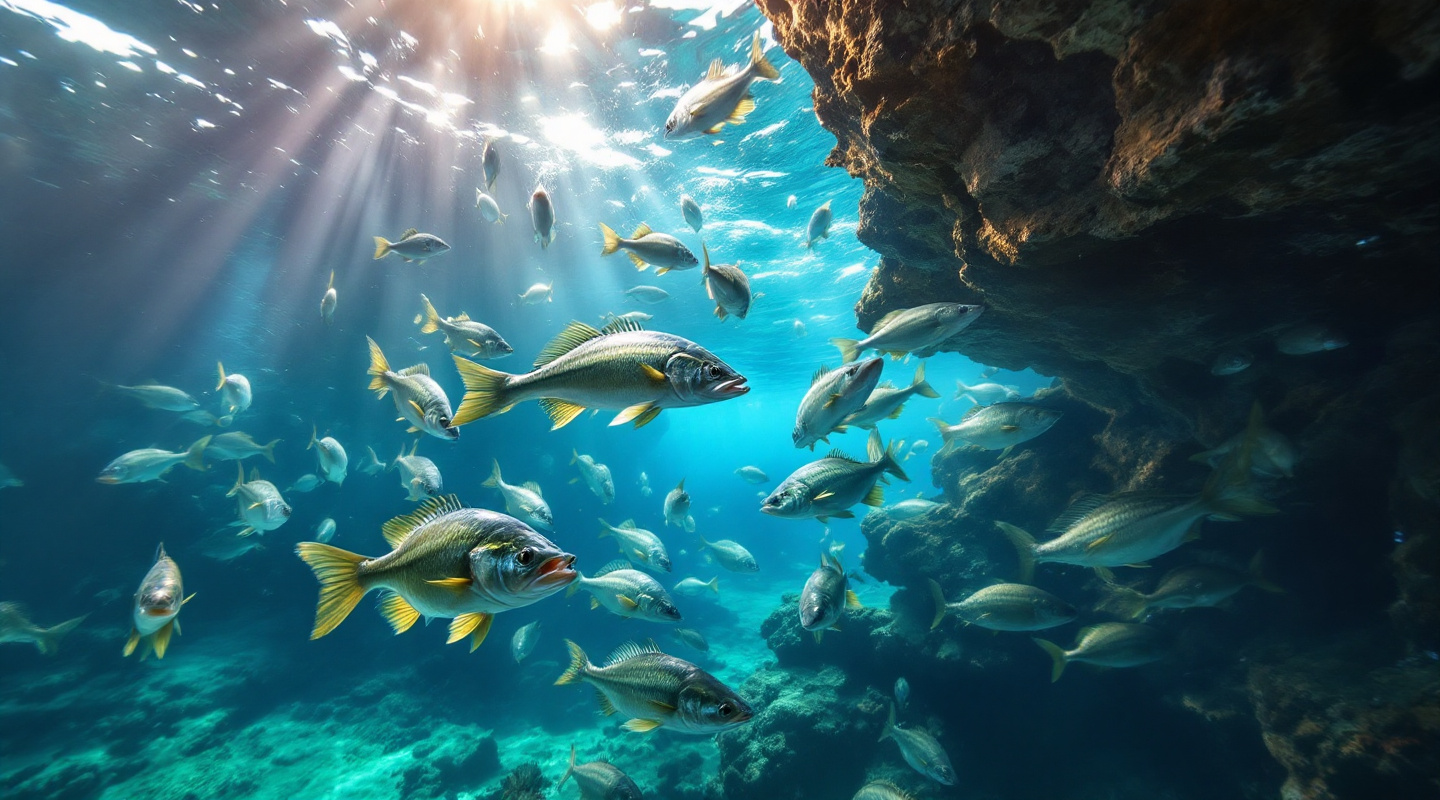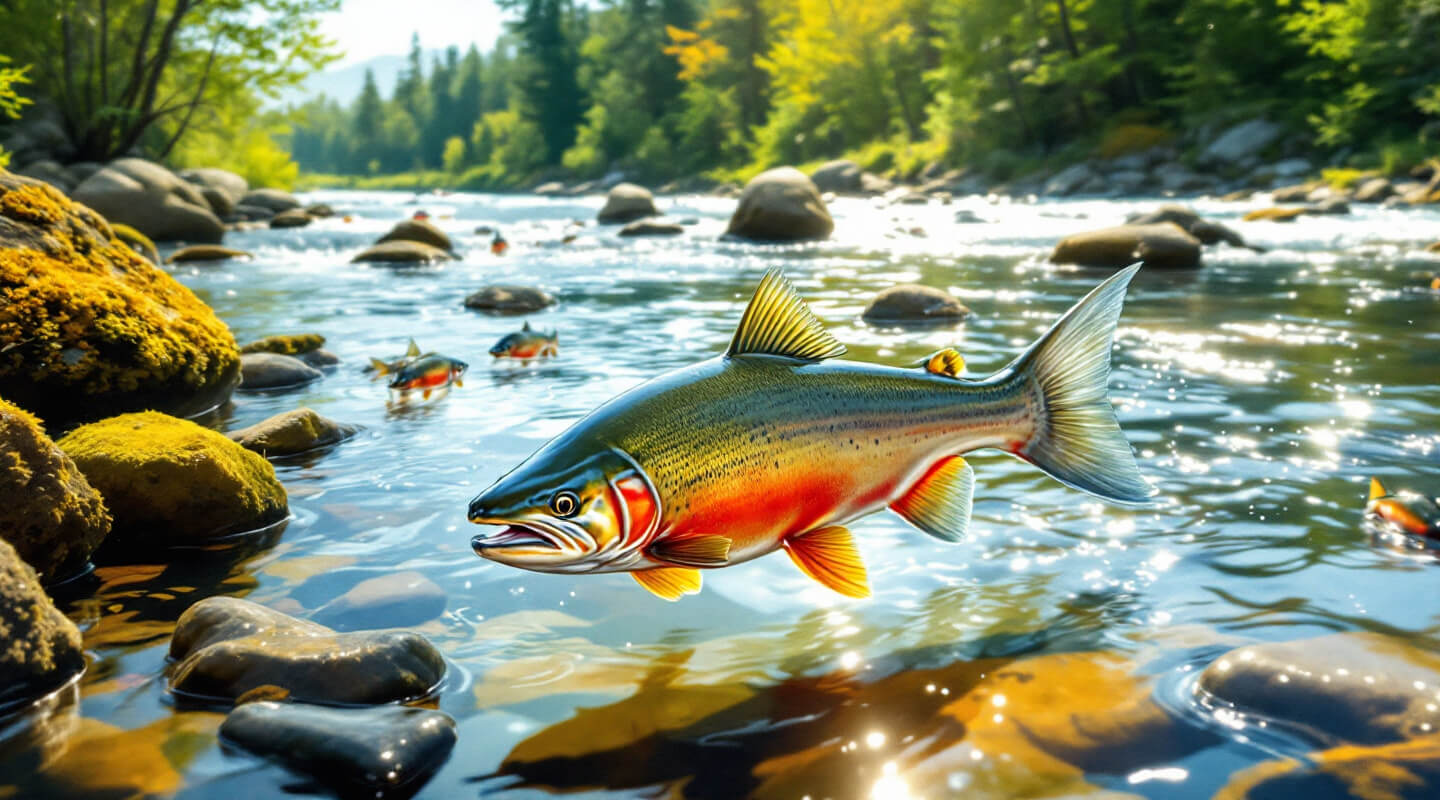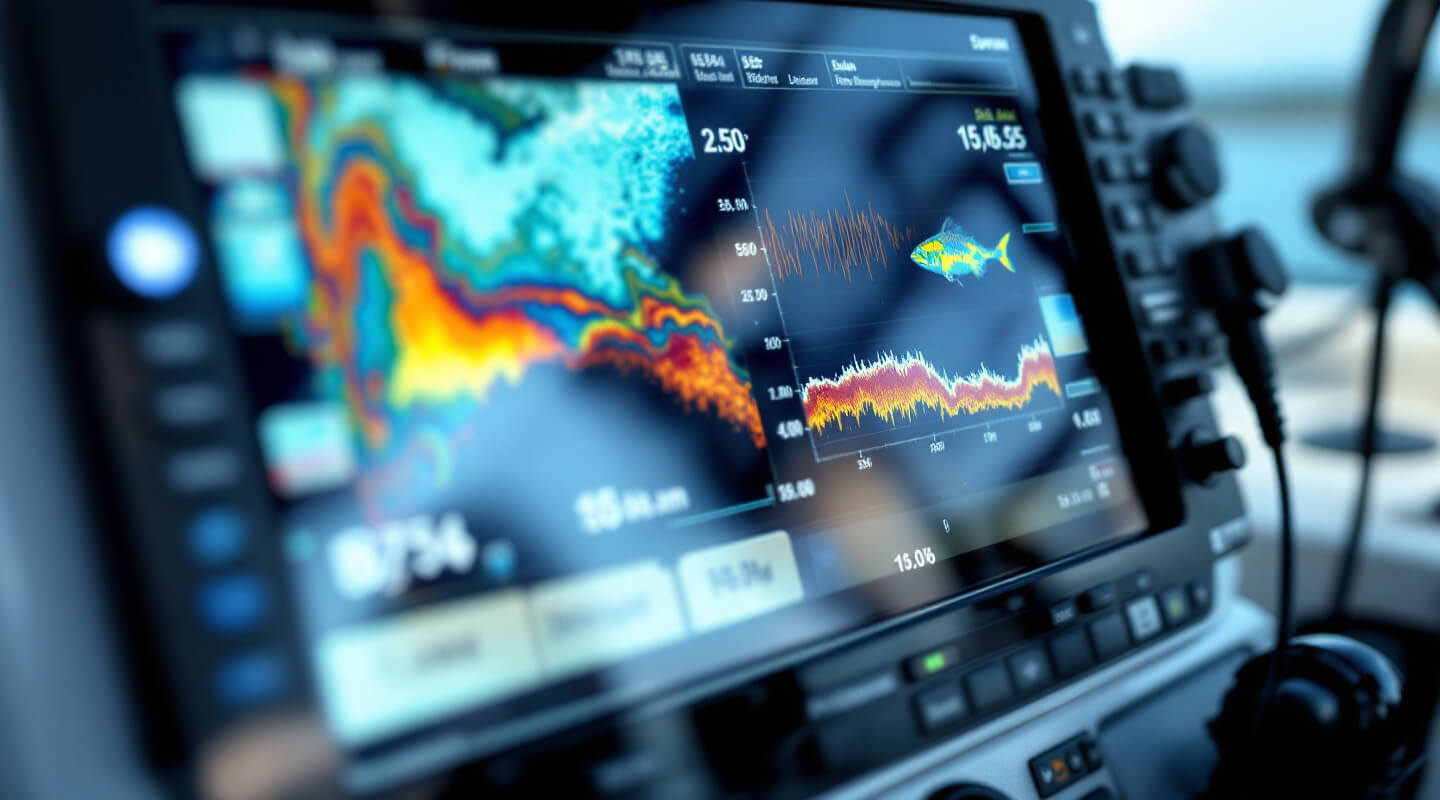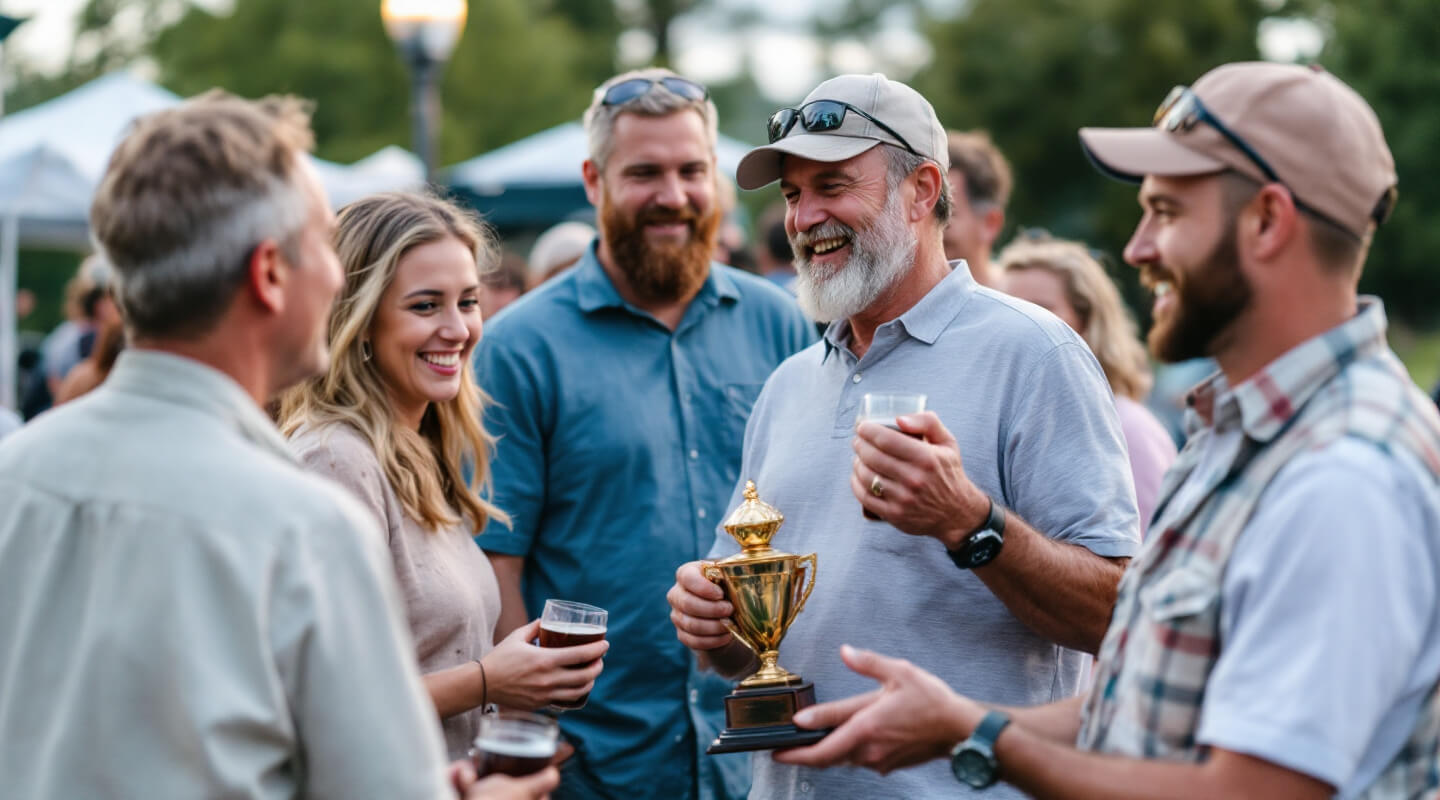Record Pike Taken in Northern Saskatchewan
On Wollaston Lake, Angler Jennifer Morrison landed an amazing 52-inch northern pike, proving the great possibilities of Saskatchewan's northern waters. Released as part of the province's trophy fish conservation program, the estimated 20-pound fish was meticulously documented. Fifteen-year experienced fisherman Morrison attributes her success to studying seasonal pike activity patterns and patience. "Although I have been fishing these waters for years, this catch was really unique," Morrison said. "Key was knowing the early spring patterns when pike are most active in the shallows." Strict conservation policies and catch-and-release methods applied over the previous ten years have helped local fishing guides to attribute a rise in trophy-sized catches.
